More than 400 million people worldwide suffer from diabetes.
For them, the ability to measure blood glucose levels non-invasively (without piercing the skin) would be an enormous relief.
Thanks to a patented development by DiaMonTech AG, this dream could soon come true for many people.
The technology, which uses an infrared quantum cascade laser, is already available as a desktop device. But a smartphonesized instrument is soon to follow. In order to achieve this miniaturization without loss of quality, it is necessary to detect even minute changes in the laser beam.
DiaMonTech used the Ophir Pyrocam to measure and characterize all their laser developments.
Successful research
Many non-invasive methods for measuring blood glucose have failed because they were not accurate enough: Glucose values in body fluids such as tears, saliva or sweat do not correlate sufficiently with glucose values in blood.
The situation is different for skin fluid (interstitial fluid – ISF). Measurements taken on ISF at points with good blood supply correspond well to the actual amount of glucose in the blood.
DiaMonTech was founded in 2015, after years of research at the Goethe University Frankfurt. On the basis of this research, the company has developed the first noninvasive blood glucose meter, obtaining CE approval as a medical device in 2019.

Deep innovation
The D-Base– as the desktop device is called – works based on infrared spectroscopy, and specifically the principle of photothermic deflection.
For this purpose, a quantum cascade laser radiates infrared pulses in wavelengths ranging between 8 and 11μm into the deeper skin layers.
The pulses of these wavelengths pass through the sensor element and excite the glucose molecules to oscillate briefly, with the fast relaxation a small amount of heat is given off to the environment.
At the skin surface this results in a minimal increase in temperature.
In the sensor element (internal reflection element – IRE), the thermal gradient causes a thermal lens effect. The test beam of a red laser diode is deflected by this thermal lens as it passes through the IRE.
The deflection is measured by a position-sensitive photodiode; the device calculates the glucose concentration based on the deflection.
“The Pyrocam makes our daily work easier. We no longer waste hours on time-consuming measurements; rather, we get reliable results very quickly.”
Sergius Janik, COO at DiaMonTech AG

Miniaturization as a goal
The measuring principle has now been proven in everyday clinical practice, and numerous tests show that the measurements provide reliable results. However, as Sergius Janik, COO at DiaMonTech, explains, shrinking the size of the measuring device is still a challenge: “Diabetes patients want fast and compact measurement technology that they can easily use at home and on the road. This is the focus of all our current research.”
Only a few manufacturers offer the tunable quantum cascade lasers that DiaMonTech uses for the D-Base. In order to reduce the overall size of the measuring device, the laser must be as small as possible.
However, the specific parameters of the laser beam must not be affected by this reduction in size. Even the classic quantum cascade lasers used thus far must meet these specifications exactly.
Critical measurements
In order to evaluate the quality of a given quantum cascade laser, the DiaMonTech laboratory conducts detailed measurements on all of them to answer the following questions:
- – What does the laser beam profile look like?
- – What is the output power of the laser?
- – How divergent is the beam?
- – What is the pulse repetition rate?
- – What is the pulse-to-pulse stability and shape of the pulse?
- – How large is the focal spot on the skin?
In the company’s early days, the team relied on the knifeedge technique for laser measurement to obtain the beam profiles. But because the number of measuring points required is large, it takes several hours to measure a laser beam this way. Had the company applied this method in the development of its new, compact blood glucose meter, it would have lost a lot of time – and still, the results would not have been precise enough.
After in-depth research and conducting an array of tests in their own laboratories, the experts decided on the Ophir Pyrocam-III-HR-C-A-PRO.
Using this high-resolution pyroelectric matrix camera, the beam profile of an infrared laser can be measured both quickly and reliably.
For the application at DiaMonTech, the camera was individually calibrated to the appropriate signal level.
The camera data is then evaluated with the BeamGage software. Output power, beam profile and beam divergence can be determined by the camera in just a few seconds. Sergius Janik explains: “The Ophir Pyrocam is our key measuring device for characterizing the laser beam, and we use it every day. We use it not only for developing new prototypes, but also for quality assessment and troubleshooting.
As necessary, we also make the Pyrocam available to our development partners, so they can make precise and reliable adjustments.”
Troubleshooting made easy Sergius Janik describes a concrete application as an example of the enormous time savings achieved by the Pyrocam. During a series of tests conducted by the DiaMonTech lab on a new laser, the engineers were unable to focus the beam.
The power distribution of the beam was very irregular, but the cause was not obvious at first glance.

Only the images taken with the Pyrocam provided an explanation.
Instead of the desired symmetrical Gaussian beam profile, the beam appeared strongly distorted (see Fig. 4, left).

These results showed that the collimating lens of the beam was out of adjustment, which may have occurred during shipment.
The laser system was sent back to the manufacturer, the lens was re-adjusted, and then the Pyrocam measurements showed a uniform beam profile, as in Fig. 4 on the right.

Easy measurement of tunable lasers
Another challenge that arises when developing a compact blood glucose meter is the different beam position for any given wavelength. To detect glucose in the skin, it is necessary to take measurements using a variety of wavelengths in the infrared range.
But with a tunable laser, as soon as the wavelength is changed, the beam moves (a.k.a. “beam hopping”). As a result, it enters the skin at a slightly different position (up to about ¼ mm) and – analogous to wrongly corrected vision – the thermal lens becomes blurred.
When the DiaMonTech team changes the wavelengths, they use the Pyrocam to measure the focus position, which is marked with crosshairs. The BeamGage software records the changes in crosshair position for accurate tracking. The wavelengths that provide the most precise measurements can then be determined, based on the findings from these readings.
Faster measurements mean more efficient development
Along the road to miniaturization in non-invasive blood glucose monitoring, there is no way around a camerabased measurement of the beam profile. Before purchasing a measuring device, DiaMonTech tested the solutions available on the market.
The Ophir measuring device not only had a wavelength range suited to the purpose, it also provided the required performance range and offered very good value for the money.
Sergius Janik appreciates the measurement technology: “The Pyrocam makes our daily work easier. We no longer waste hours on time-consuming measurements; rather, we get reliable results very quickly. This allows us to concentrate on the essential work of development.”


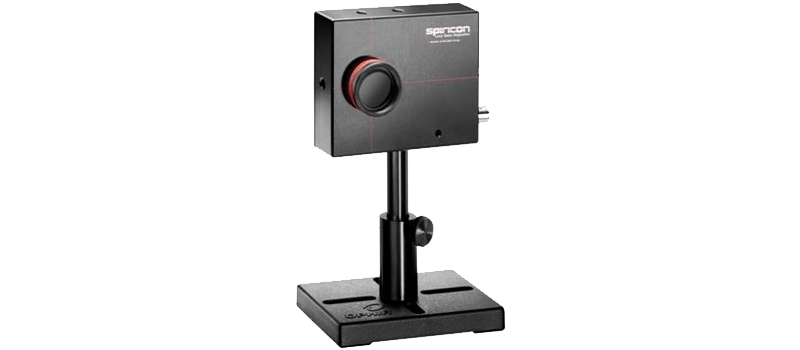
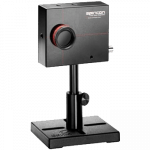
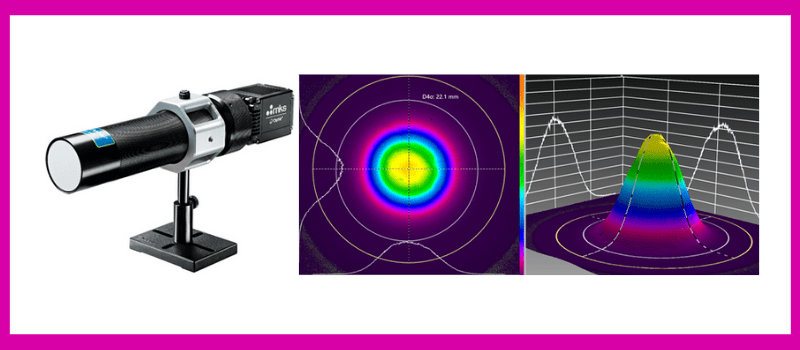
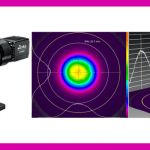


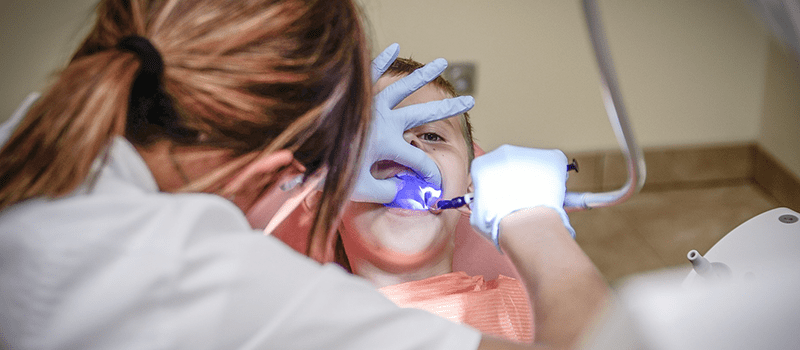

Leave a Reply
Your email address will not be published. Required fields are marked *